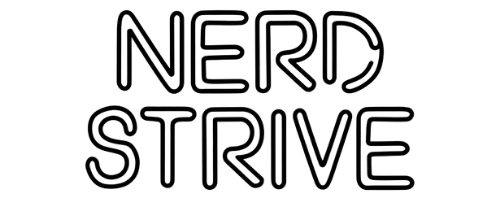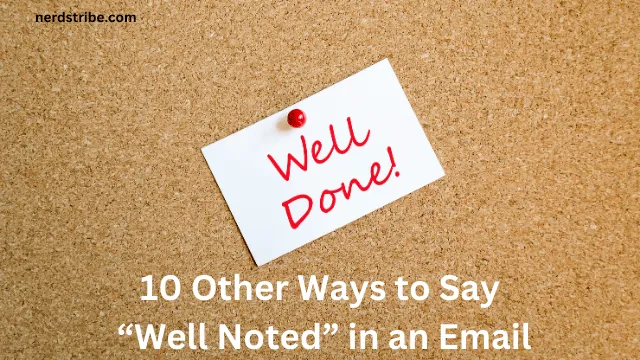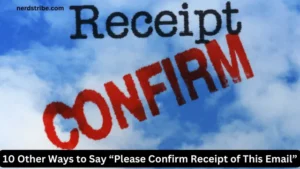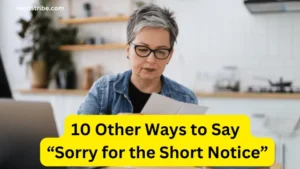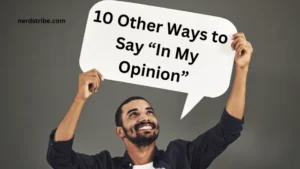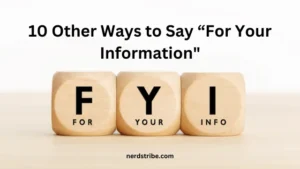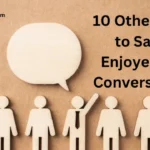In the world of emails, communication isn’t just about sharing information; it’s also about how you acknowledge it. A phrase like “Well noted” often feels robotic and overused, especially in professional exchanges.
While it serves the purpose of confirming receipt or understanding, it lacks personality and fails to create a lasting impression. If you want to stand out and enhance your email etiquette, exploring alternative ways to convey “Well noted” can make a significant difference.
Acknowledging a message effectively is about more than just politeness—it’s about ensuring clarity, professionalism, and even building rapport. Whether you’re replying to a manager, client, or team member, your choice of words can reflect attentiveness and respect. A thoughtful response goes a long way in showing you value the communication.
In this blog post, we’ll share 10 creative alternatives to “Well noted” that you can use in your emails. These phrases will help you express acknowledgment while adapting to various contexts—formal, casual, or even collaborative. Let’s dive in and redefine how you respond to important emails.
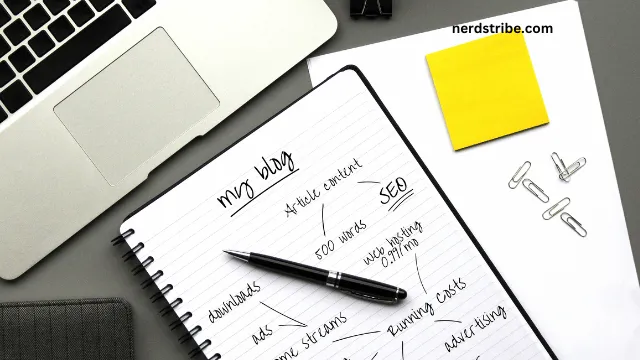
Contents
- 1 1. “Understood, Thank You”
- 2 2. “Got It, Thanks!”
- 3 3. “Acknowledged with Thanks”
- 4 4. “Thanks for Letting Me Know”
- 5 5. “I’ll Make Note of That”
- 6 6. “Message Received”
- 7 7. “I Appreciate the Update”
- 8 8. “Noted, and I’ll Follow Up”
- 9 9. “Thanks, I’m On It”
- 10 10. “Noted. I’ll Keep This in Mind”
- 11 Conclusion
- 12 FAQs
- 12.1 Why should I avoid using “Well noted” frequently?
- 12.2 Are these alternatives suitable for formal emails?
- 12.3 Can I use these phrases in casual conversations?
- 12.4 How do I choose the right phrase for my email?
- 12.5 Are these alternatives universally understood?
- 12.6 How can I make my acknowledgment more personalized?
1. “Understood, Thank You”
This phrase is a polite and professional way to confirm receipt and understanding of the message.
- Example: “Understood, thank you for sharing the details.”
- Why It Works: It conveys both acknowledgment and gratitude, adding a touch of courtesy.
2. “Got It, Thanks!”
A casual and concise option, perfect for less formal communication.
- Example: “Got it, thanks for the heads-up!”
- Why It Works: It’s simple, friendly, and effective for informal settings.
3. “Acknowledged with Thanks”
A formal alternative often used in corporate or professional environments.
- Example: “Acknowledged with thanks. I’ll proceed accordingly.”
- Why It Works: It maintains a professional tone while showing appreciation.
4. “Thanks for Letting Me Know”
Ideal for situations where the sender has shared new or critical information.
- Example: “Thanks for letting me know about the schedule change.”
- Why It Works: It highlights gratitude and attentiveness to the message.
5. “I’ll Make Note of That”
This option explicitly communicates that you will remember or take action on the information.
- Example: “I’ll make note of that and adjust my approach accordingly.”
- Why It Works: It shows you’re proactive and engaged with the details.
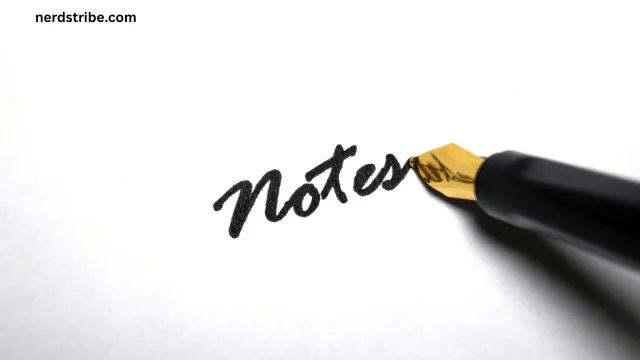
6. “Message Received”
A straightforward, formal acknowledgment for confirming receipt of an email.
- Example: “Message received. I’ll review and respond shortly.”
- Why It Works: It’s concise and communicates that the information has been seen and noted.
7. “I Appreciate the Update”
Best used when someone shares an update or important clarification.
- Example: “I appreciate the update. I’ll make the necessary changes.”
- Why It Works: It acknowledges the sender’s effort and reinforces gratitude.
8. “Noted, and I’ll Follow Up”
This phrase is great for situations that require further action or response.
- Example: “Noted, and I’ll follow up with the team for next steps.”
- Why It Works: It confirms understanding while signaling commitment to action.
9. “Thanks, I’m On It”
A casual yet effective way to show acknowledgment and readiness to act.
- Example: “Thanks, I’m on it and will keep you updated.”
- Why It Works: It conveys enthusiasm and responsibility in a casual tone.
10. “Noted. I’ll Keep This in Mind”
Perfect for scenarios where the information is important but doesn’t require immediate action.
- Example: “Noted. I’ll keep this in mind for future planning.”
- Why It Works: It’s a subtle way to acknowledge information without overcommitting.
Conclusion
Email communication is an essential part of our daily lives, and how you respond to messages can leave a lasting impression. While “Well noted” gets the job done, exploring these alternatives allows you to tailor your responses to the context and tone of the conversation.
Whether you’re confirming receipt, showing gratitude, or committing to action, these phrases offer flexibility and professionalism in your emails. The key to effective communication lies in adapting your language to the audience and situation.
By incorporating these alternatives, you can enhance your email etiquette and make your responses more thoughtful and engaging. The next time you’re about to type “Well noted,” consider choosing one of these alternatives to make your acknowledgment more meaningful.
FAQs
Why should I avoid using “Well noted” frequently?
Using “Well noted” repeatedly can come across as impersonal and lack creativity, especially in professional settings where thoughtful communication matters.
Are these alternatives suitable for formal emails?
Yes, phrases like “Acknowledged with thanks” and “Message received” work well in formal email communication.
Can I use these phrases in casual conversations?
Absolutely. Options like “Got it, thanks!” or “Thanks, I’m on it” are perfect for casual emails or chats.
How do I choose the right phrase for my email?
Consider the tone of the conversation, your relationship with the recipient, and the context of the message before selecting a phrase.
Are these alternatives universally understood?
Yes, these phrases are widely used and easily understood in both professional and informal settings.
How can I make my acknowledgment more personalized?
Add context or detail to your response. For example, “Thanks for letting me know about the update. I’ll make sure to adjust the schedule accordingly.”
